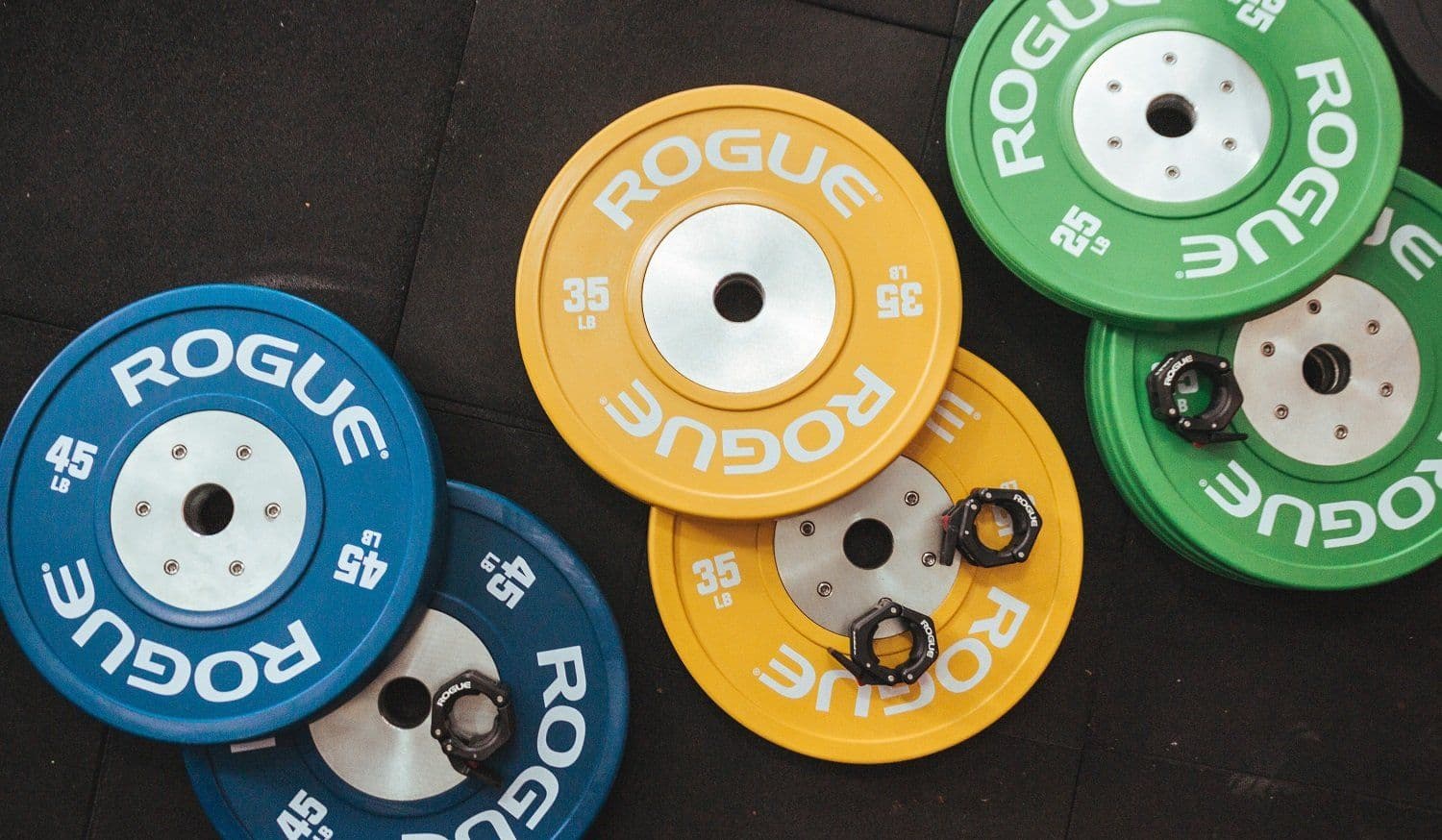Figuring Out Your Ideal Weight for Lifting
Determining how much your muscles can reasonably handle is often a process of trial and error. You don't want to go too low and avoid the tension needed to build muscles. But you also don't want to go too high and have to swing your body to lift a weight. To pinpoint your ideal weight and know when it's time to lift heavier weights, follow these three rules:
1. Learn Proper Form
One of the things people fail to realize when lifting weights is how much their bodies move to assist in moving the weight. Unfortunately, this can undermine the very goal of an exercise, which is to isolate and contract a particular muscle or muscle group.
When lifting weight, you always need to focus on isolating a muscle during the movement. If you swing your body, you are using momentum to lift the weight. By doing so, you are dispersing the energy meant for one muscle to many muscles.
If in doubt, talk with a Fitness Expert to learn proper form and technique. Exercise is not always intuitive. Learning good habits at the start is always better than correcting mistakes later. You should always listen to your body when performing any exercise when lifting weights. If it feels like too much or if you are experiencing pain, stop immediately.
2. Listen to Your Body
Learn to know when to increase weight. If you find you can do the last lift with little effort, then it's time to increase the weight. Progressive overload (adding more weight over time) is a fundamental principle of weight training. If you don't continually challenge your body by increasing your weights, you will eventually hit a plateau even if you increase the number of exercises you do.
3. Keep to an Allotted Time
Neither rushing between exercises nor resting too long. A 5 to 10 exercise workout program involving three sets of 10 repetitions for each exercise is a good starting point for a general fitness plan.
Determine the Ideal Weight for a Specific Exercise
Choose a weight that allows you to do the first of three sets of 10 reps with moderate difficulty. By the end of the tenth repetition, you should find it somewhat difficult to lift but not so difficult that you are straining, holding your breath, or shaking excessively. If that's happening, drop the weight down a little. Rest for at least 30 seconds but no more than 60 seconds between sets.
Determine Your Goals
The first step is figuring out which goals you want to achieve during your weight-training sessions, whether that is building strength, improving overall fitness, or increasing muscle size. For each goal, there are ideal rep ranges, set numbers, and weekly training schedules. Let's take a look at those:
-
Gain or Maintain Overall Fitness: For beginners or people looking to maintain overall fitness, a good goal is to do 3 sets of 8 to 12 reps. This means choosing a weight that allows you to complete this many repetitions without struggling to finish the set.
-
Improve Muscle Strength: For building strength, any rep range will work, but for best results, be sure to include 2 to 5 heavier sets of 3 to 5 reps. To build strength, the goal should be fewer reps at a higher weight that challenges you during each repetition. However, it is wise to establish a solid overall fitness level before moving on to heavier weights, since heavier weights come with more risk if your form is not correct.
-
Increase Muscle Size: Increasing muscle size, also called hypertrophy, will occur whether you train at the lower rep range with higher weight or a higher rep range (8 to 12 reps per set) with a moderately challenging weight. The key to increasing muscle size is volume, meaning adding more sets and reps to your workout over time. You can spread these additional sets and reps over your weekly training sessions.
3 Ways to Determine How Much Weight You Should Be Lifting
-
Progressive Overload Training: Progressive overload is a fitness principle that says that in order to continue getting stronger, you have to continuously make your strength work more challenging.
-
Percentage-Based Programming: Percentage-based training is a specific, super-regimented style of progressive overload training.
-
Based on Feel: Lifting based on how you feel is a practice of lifting in order to achieve an intended feeling.
Conclusion
Exactly how much weight you should be lifting, and how often, is going to depend on a number of factors such as fitness level and goals, age and health, stress level, hydration level and food intake, sleep quality and quantity, and weights and resources available. But as a general rule, you want to lift only as much as you can lift with good form.
For more information, talk to one of our Fitness Experts and get customized advice by submitting a request in our Mavyn website.
